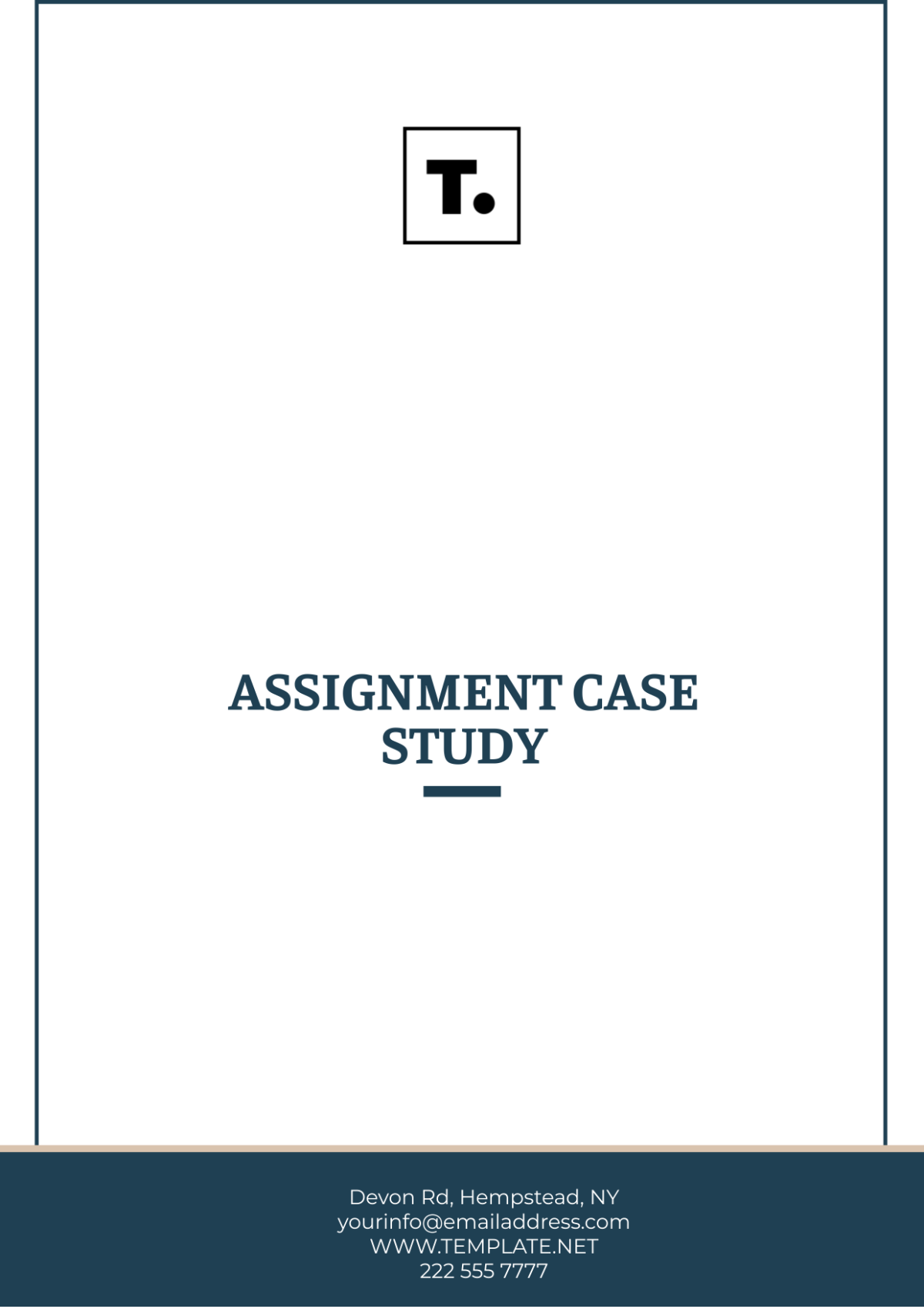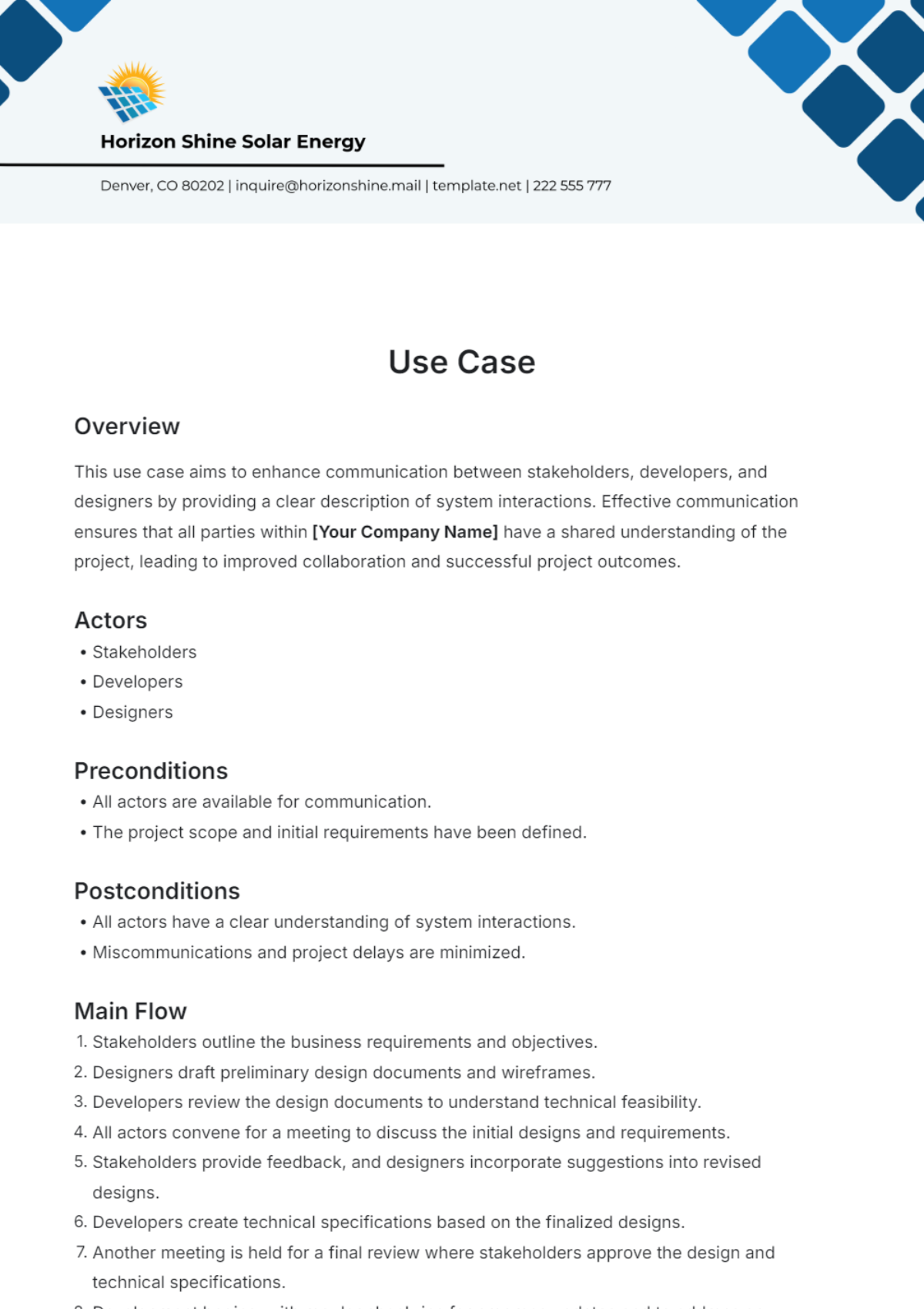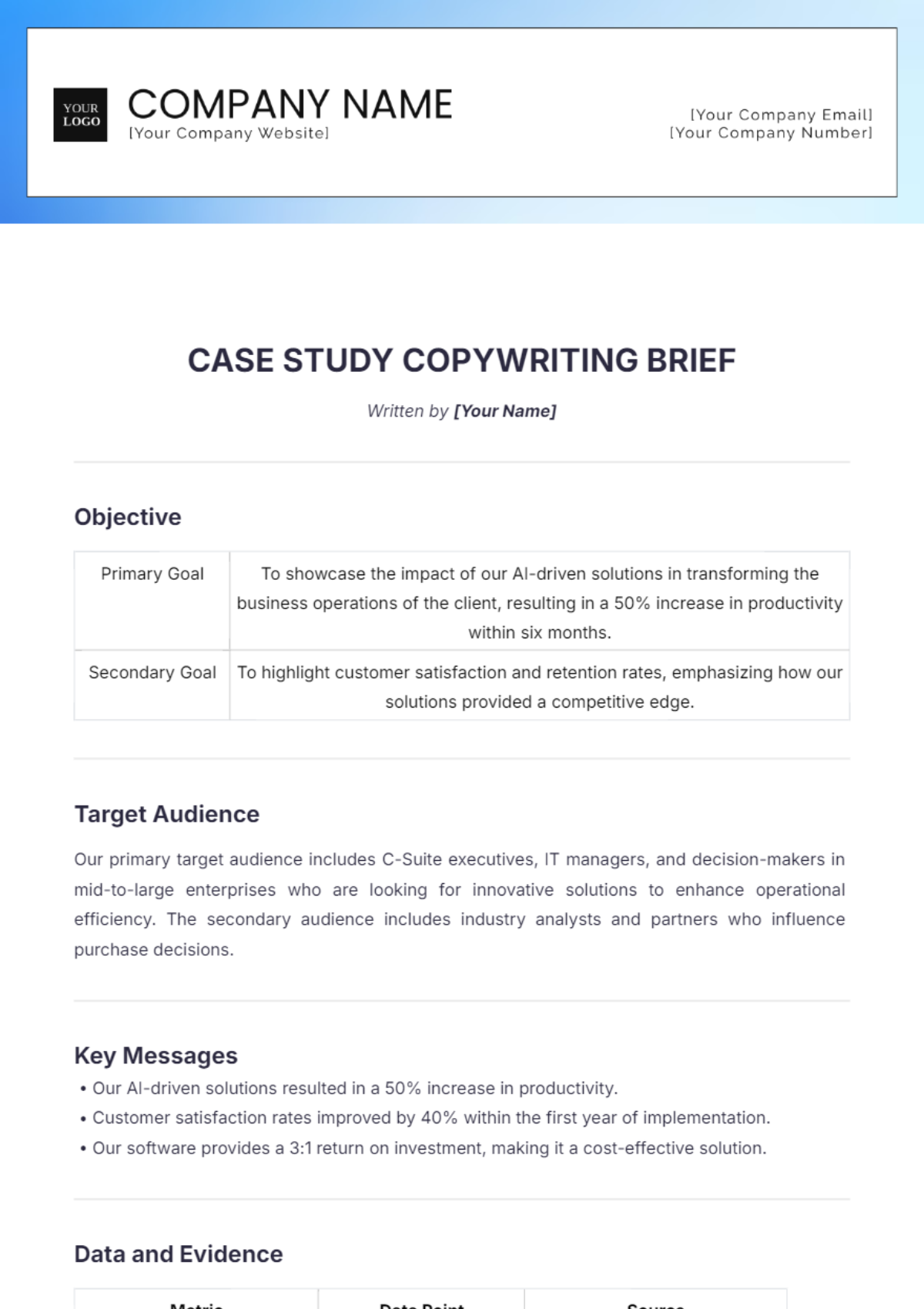Asthma Case Study
I. Introduction
Asthma is a chronic respiratory condition characterized by inflammation and narrowing of the airways, resulting in symptoms such as wheezing, shortness of breath, coughing, and chest tightness. This case study aims to explore the management strategies for asthma, focusing on [Patient Name], a [Age]-year-old [Gender] presenting with moderate-severity asthma symptoms.
II. Patient Background
[Patient Name] is a [Age]-year-old [Gender] who presented to the [Your Company Name] with a history of recurrent episodes of wheezing, coughing, and shortness of breath. The patient reports experiencing these symptoms since childhood, with exacerbations often triggered by exposure to allergens, respiratory infections, and physical activity. [Patient Name] has a medical history significant for allergic rhinitis and eczema and is currently taking antihistamines and topical corticosteroids. Physical examination reveals decreased air entry bilaterally with expiratory wheezing.
III. Assessment and Diagnosis
III.I Initial Evaluation
Upon presentation, [Patient Name]underwent a comprehensive assessment to evaluate the severity of asthma symptoms, identify potential triggers, and assess lung function. This included:
Medical History: Detailed inquiry into past medical history, family history of asthma or allergic conditions, and previous asthma exacerbations.
Physical Examination: Evaluation of respiratory rate, auscultation of lung sounds, assessment of accessory muscle use, and examination for signs of respiratory distress.
Diagnostic Tests: Pulmonary function tests (PFTs), such as spirometry, to assess lung function and severity of airway obstruction.
Allergy Testing: Identification of specific allergens through skin prick testing or serum IgE levels.
III.II Diagnosis
Based on the clinical presentation, medical history, and diagnostic tests, [Patient Name] was diagnosed with moderate persistent asthma according to the Global Initiative for Asthma (GINA) guidelines. The diagnosis was further supported by spirometry demonstrating reversible airway obstruction and positive skin prick testing for dust mites and pollen.
IV. Management
IV.I Pharmacological Therapy
1. Controller Medications
[Patient Name] was prescribed controller medications to achieve and maintain asthma control. These include:
Inhaled Corticosteroids (ICS): Fluticasone 250 mcg twice daily.
Long-acting beta-agonists (LABAs): Salmeterol 50 mcg twice daily.
Leukotriene Receptor Antagonists (LTRAs): Montelukast 10 mg daily.
2. Rescue Medications
In addition to controller medications, [Patient Name] was provided with rescue medications to relieve acute symptoms. These include:
Short-Acting Beta-Agonists (SABAs): Albuterol inhaler, 2 puffs as needed every 4-6 hours.
Systemic Corticosteroids: Prednisone 40 mg daily for 5 days during exacerbations.
IV.II Non-Pharmacological Management
1. Trigger Avoidance
[Patient Name] received education on identifying and avoiding asthma triggers, including:
Allergen Avoidance: Strategies to minimize exposure to dust mites, pollen, and pet dander through proper cleaning and use of allergen-proof covers.
Environmental Modifications: Recommendations for maintaining a clean and allergen-free home environment, including regular vacuuming and washing bedding in hot water.
Exercise and Activity: Guidance on managing physical activity to prevent exercise-induced asthma, including warm-up and cool-down exercises.
2. Asthma Action Plan
A personalized asthma action plan was developed for [Patient Name], outlining:
Medication Use: Instructions for daily controller medication use and appropriate use of rescue medications during exacerbations.
Symptom Monitoring: Guidance on monitoring asthma symptoms and peak flow measurements using a peak flow meter.
Action Steps: Clear instructions on when to adjust medication dosages, seek medical attention, or initiate emergency treatment based on symptom severity.
V. Follow-Up and Monitoring
[Patient Name] was scheduled for regular follow-up visits to monitor asthma control, adjust treatment as needed, and provide ongoing education and support. Follow-up appointments will include:
Assessment of Symptoms: Evaluation of asthma symptoms, frequency of exacerbations, and impact on daily activities.
Lung Function Testing: Periodic spirometry to assess lung function and response to treatment.
Medication Review: Review of medication adherence, potential side effects, and adjustments to treatment regimen.
Education and Counseling: Continued education on asthma management, trigger avoidance, and adherence to the asthma action plan.
VI. Conclusion
In conclusion, effective management of asthma requires a comprehensive approach encompassing pharmacological therapy, non-pharmacological interventions, and patient education. Through personalized treatment plans and ongoing support, [Patient Name] can achieve optimal asthma control, improve quality of life, and minimize the risk of exacerbations.
Prepared by:
[Your Name]
[Your Position]
Contact Details:
[Your Company Email]
[Your Company Number]

















































